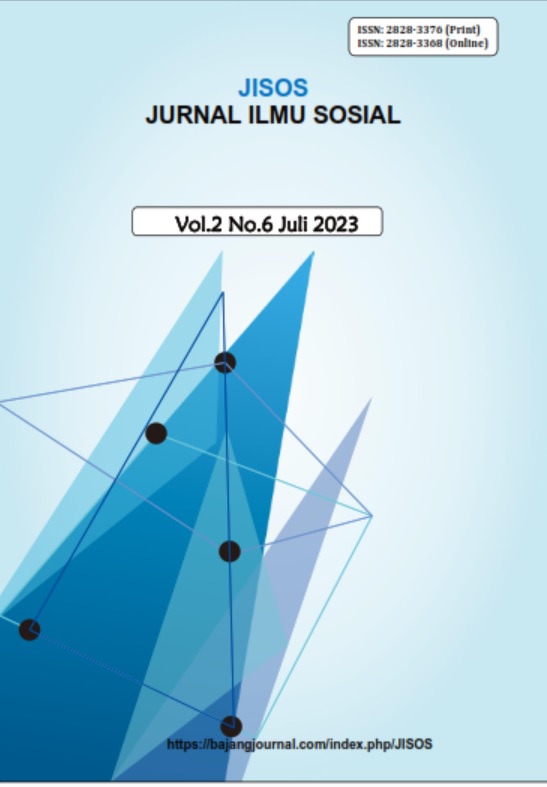STORY FACE STRATEGY IN READING COMPREHENSION
Keywords:
Story Face Strategy, Reading ComprehensionAbstract
This article suggests how many strategies are used in the teaching and learning process, teachers need to be more creative and innovative in creating new things. This strategy is not yet well known by students and is a new challenge for teachers to display it. if you listen to the steps, it is almost the same as mind mapping, but the difference is that the story face strategy is that students are directed to make pictures based on the stories they read, such as students having to draw two circles that are likened to the right and left eyes, which means displaying the place and character actors in the story, then a triangle is likened to a nose, which means displaying the problems contained in the story, the last is a mouth which is likened to a series of circles representing the main events that lead to the solution. It is hoped that students can see big ideas and details that need support in the form of relational structures and are expected to foster students' interest in reading for the better and supported by the right strategy, and one of them is the use of the Story Face Strategy
References
Cudd, E. T., and Robert, L.L.1987. Using Story Frames to Develop Reading Comprehension in a 1st Grade Classroom. The Reading Teacher. From https://journal.sagepub.com>doi. Retrieved on 10th July 2023.
Grabe, Wilian and Fredricall, Stoller. 2011. Teaching and Researching Reading 2nd Edition. New York: Person Education Limited. From https:///www.academia.edu>Teaching_and_Researching. Retrieved on 9th July 2023.
Grimes, Sharon. 2006. Reading Business is Our: How Libraries can Foster. Chicago: American Library Association. From https://pustaka.unp.ac.id. Retrieved on 13th July 2023.
Grellet, F. 2006. Developing Reading Skill. Cambridge: Cambridge University Press. From https://dokumen.pub>teaching-and-developing-reading. Retrieved on 13th July 2023.
Hedgcock S, Jhon, and Ferris R, Dana. 2009. Teaching Readers of English: Students, Text, and Contexts. New York: Routledge. From https:///www.academia.edu. Retrieved on 12th July 2023.
Indriyani. 2019. Using Story Face Strategy to Improve Student Reading Comprehension Skill. e-Journal of ELTS (English Language Teaching Society), Vol.7, No.2. From http://jurnal.untad.ac.id>jurnal>ELTS>article>view. Retrieved on 12th July 2023.
Khand, Z. 2004. Teaching Reading Skills: Problems and Suggestion. Journal of Research (Faculty of Language and Islamic Studies), 45 (5), 43-56. From https://media.teckiz.com>jr-urdu>2020/04/01. Retrieved on 13th July 2023.
King, Carrol and Stanley, Nancy.1999.Building Skill for the TOEFL. London : Longman Press. From https://www.coursehero.com>. Retrieved on 11th July 2023.
Klinger, Janette. K, Sharon, and Alison.2007. Teaching Reading Comprehension to Student with Difficulties. New York: The Guilford Press. From https://repository.umpwr.ac.id>bitsteram>handle. Retrieved on 11th July 2023.
Kruidenier, Jhon. 2002. Research-Based Principles for Adult Basic Education Reading Instruction. Boston: National Institute for Literacy. From https://lincs.ed.gov>pdf>adult_ed_02PDF . Retrieved on 13th July 2023.
Kuldanek, K.1998. The Effect of Using a Combination of Story Frames and Retelling Strategies with Learning Disabled Students to Build Their Comprehension Ability. Hillside: Kean University. From https://files.eric.ed.gov>fulltextPDF. Retrieved on 12th July 2023.
Moreillon, Judi. 2007. Collaborative Strategies in Teaching Reading Comprehension. Chicago: American Library Association. From https://ds.amu.edu.et>xmlui>bitstream>handlePDF. Retrieved on 10th July 2023.
Nunan, David. 2003. Second Language Teaching and Learning. Boston: Heinle & Heinle Publisher. From https://archieve.org>secondlanguagete0000nuna. Retrieved on 10th July 2023.
Oktariani, Putu. 2018. Innovative Teaching Strategy for Teaching Reading: Reciprocal Teaching Strategy and Face Strategy. Journal of English Language Education Yavana Bhasha. vol 1, Issue 1 (58-68). From https://ejournal.ihdn.ac.id>view. Retrieved on 9th July 2023.
Ostrov, R. 2003. Power Reading. San Francisco: Education Press.
Patel, M.F and Praveen M. Jain.2008. English Language Teaching, Methods, Tool and Techniques. Vaishali Nagar: Sunrise Publishers. From https://www.academia.edu>M_F_Patel_Praveen_M_J . Retrieved on 9th July 2023.
Suryanto. 2007. For Young Learners English. Jakarta: Sinar Grafika Officer.
Whitten, Esteves& Woodrow. 2009. RTI Success: Proven Tools and Strategies for School and Classroom. Minneapolis: Free Spirit Publisher. From https://books.google.con>books>about>RTI_Succes. Retrieved on 11th July 2023.
Wiesendanger, K.D. 2001. Strategy for Literacy Education. New Jersey Colombus Ohio: Merrin Prentice Hall. From https://books.google.com>books>about>Strategies... Retrieved on 10th July 2023.














